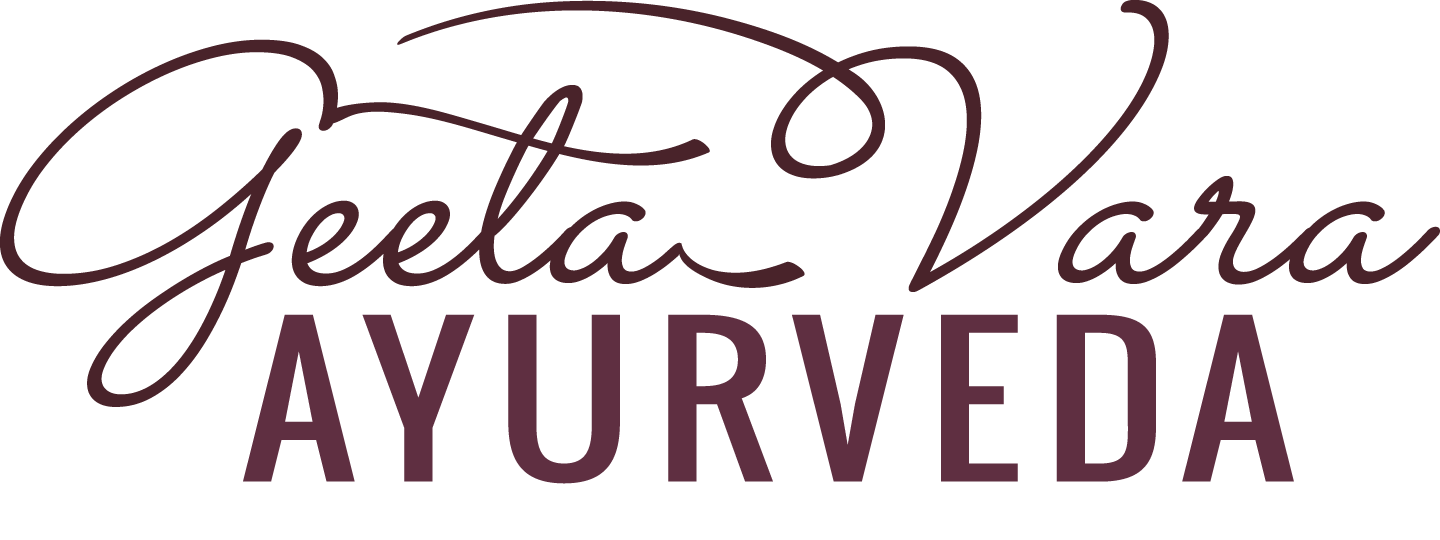Shake off those bad salts
/Today our diet consists of excess salt intake usually hidden in processed and pre-prepared foods. This excess of usually ‘bad’ salts can lead to health conditions including high blood pressure, water retention, dehydration, premature aging, hair loss, and hamper the taste buds.
As a necessity in life, the body needs salt to balance the electrolytes in the body as well as other functions. ‘Lavana’ as it is know in ayurveda is one of six tastes. It has the quality to heat, moisten, stimulating digestive activity, absorption, and assimilation. It has the ability to clear obstructions in the bodily channels and pores and increases salivation. It has a penetrating quality enhancing the qualities of other herbs and spices and is also responsible for lubrication of the body as well as producing sweat as a metabolic waste product.
According to ayurveda the water and fire element of salty taste increases pitta and kapha dosha if taken in excess but can be balancing and calming for vata dosha.
In classical texts ayurveda outlines 5 types of salt including sea salt, black salt and rock salt. Rock salt pacifies all the three doshas and traditionally considered the healthiest form of salt in ayurveda as it has a high mineral content and cooling.
Regular table salt is chemically cleaned and left with only sodium and chloride prepared at high temperatures changing the structure of a natural salt. An intake of this salt leaves our bodies deprived of essential trace mineral leading to imbalances. For example, sea water has 84 naturally occurring minerals which are beneficial for our bodies.
When a pinch of rock salt is taken with a teaspoon of fresh grated ginger before a main meal, it can act appetizer and it gets the salivary and digestive juices flowing. Other natural sources of salt can be found in seaweed and now widely available samphire.

